
|
   |
|
| SPECIFICATIONS | PHOTOGRAPHS (Click on the pictures for an enlarged photo) |
 Designation: CV Length: 932 ft Width: 200 ft Beam: 107 ft Displacement: 45,000 tons Propulsion: 8 turbo pressurized boilers, 4 shafts Speed: 32 knots Crew: 2000 (600 Airwing) Airwing: 30 fixed, rotary - 20 x Mig-29K, HAL Tejas - 06 x Ka-28 ASW/SAR Helos - 04 x Ka-31 AEW Helos Armament: - 32 X VLS Barak 1 & 8 SAM - 04 x 30mm Kashtin CIWS - 04 x 8 Kashtin 9M311E SAM - 02 X 12 ASW RBU-6000 Elevators: 2 Ships in class: 1 Vikramaditya The INS Vikramaditya, R22, is an Indian Short Take-off, Barrier Arrested Recovery (STOBAR) aircraft carrier. She was originally built as the Vertical Take-off and Landing (VTOL) carrier, the Soviet Admiral Gorshkov, lunached in 1978 as a Kiev Class carrier. She was commissioned into the Indian Navy in November 2013, and arrived in Indian in January of 2014.
Intial Operational Capability:
Arrival in India:
History: Operations and defensive systems were to be a mix of western, Russian, and indeginous Indian systems. In 2010, because of severe cost overruns and delays, construction on the Vikramaditya was stopped until a new deal was reached between Russia and India. After intensive negotiations, the Indian government agreed to pay a total of $2.3 billion dollars for the carrier and initial airwing. In early 2011 she was officially launched and in March 2011 she underwent mooring trials. She began intial sea trials on June 5, 2012, and completed those trials off the Russian coast in early September 2012. She completed aircraft qualification and landing tests, with the first actual aircraft landing and being trapped on deck by a Mig-29K in early August 2012. She was scheduled to be handed over to the Indian Navy in December of 2012, but due to a problems with several of her boilers (which did not impact air ops) involving the fire bricks, she was unable to reach and maintain her top speed and she had to undergo yard time in Russia to resolve the issue at Russian cost. In early 2013 it was announced that these issues had been resolved and she put to sea on July 2, 2013 to once again complete her builder's trials. She completed her sea trials, obtaining and sustaining her 32 knot top speed on numerous occassions and in different conditions. It was announced in early August that she had successfully completed her sea trials. She then moved on to her flight operations trials for both day time and night time operations of her Mig-29K fighters and helicopters. It was announced in September 2013 that she had also completed these trials successfully. She was officially handed over to the Indian Navy on November 15, 2013 and commissioned into thje Indian Navy. She then sailed to India in December of 2013 and January of 2014. The Vikramaditya was going to replace the aging INS Viraat aircraft carrier, after commissioning, but due to delays in completing the first indegenous Indian carrier, the INS Virkant, the decommissioning of the Viraat was delayed until the Vikrant could be completed. INS Virkant was launched in 2015 and is due to commission in 2018.
Airwing: The intial contract with India called for 16 aircraft to be delivered. Russia delivered the first four MiG-29K aircraft under contract to India in February 2009 and a batch of Indian Navy pilots started six months training on the aircraft in Russia. The MiG-29Ks were certified by Russian pilots taking off from the Russian carrier, Kuznetsov. The four aircraft were test flown from the Russian carrier by Russian pilots on September 28-29, 2009. A second group of five MiG-29Ks was delivered to India in May 2011 along with a simulator and other technical equipment. On August 2, 2011, CEO of MiG corporation Sergei Korotkov told Interfax news agency that a total of 11 MiG-29Ks had been delivered to India up to that time. "From the first contract for 16 jets, we have already delivered 11 fighter jets to the Indian Navy." - CEO of MiG, Sergei Korotkov By the end of 2012, all sixteen of the intial contracted Mig-29Ks had been delivered to India. In the mean time, in 2010, during a state visit to India by Russian President Vladimir Putin, India signed a $1.5-billion dollar contract for an additional 29 MiG-29Ks in New Delhi. "An agreement on supplying an additional set of MiG-29K fighter jets has been signed, the start of supplies is scheduled for 2012," - Mikhail Pogosyan The delivery of these aircraft will bring the Indian fleet of Mig-29Ks to a total of 45 aircraft to be used on the Vikramaditya and the Virkant. As of June 2015, India had received a total of thrity-three Mig-29Ks.
|
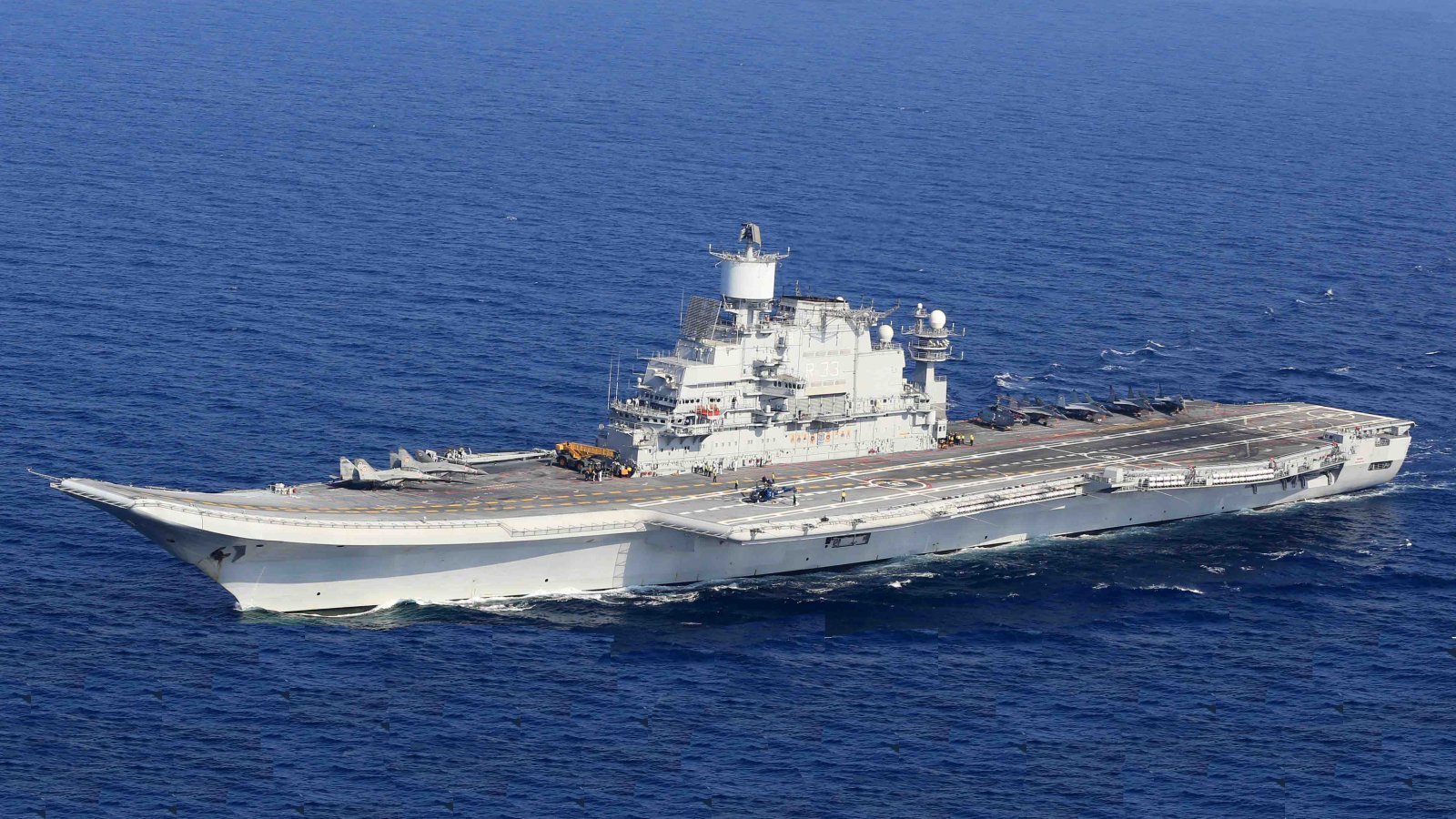 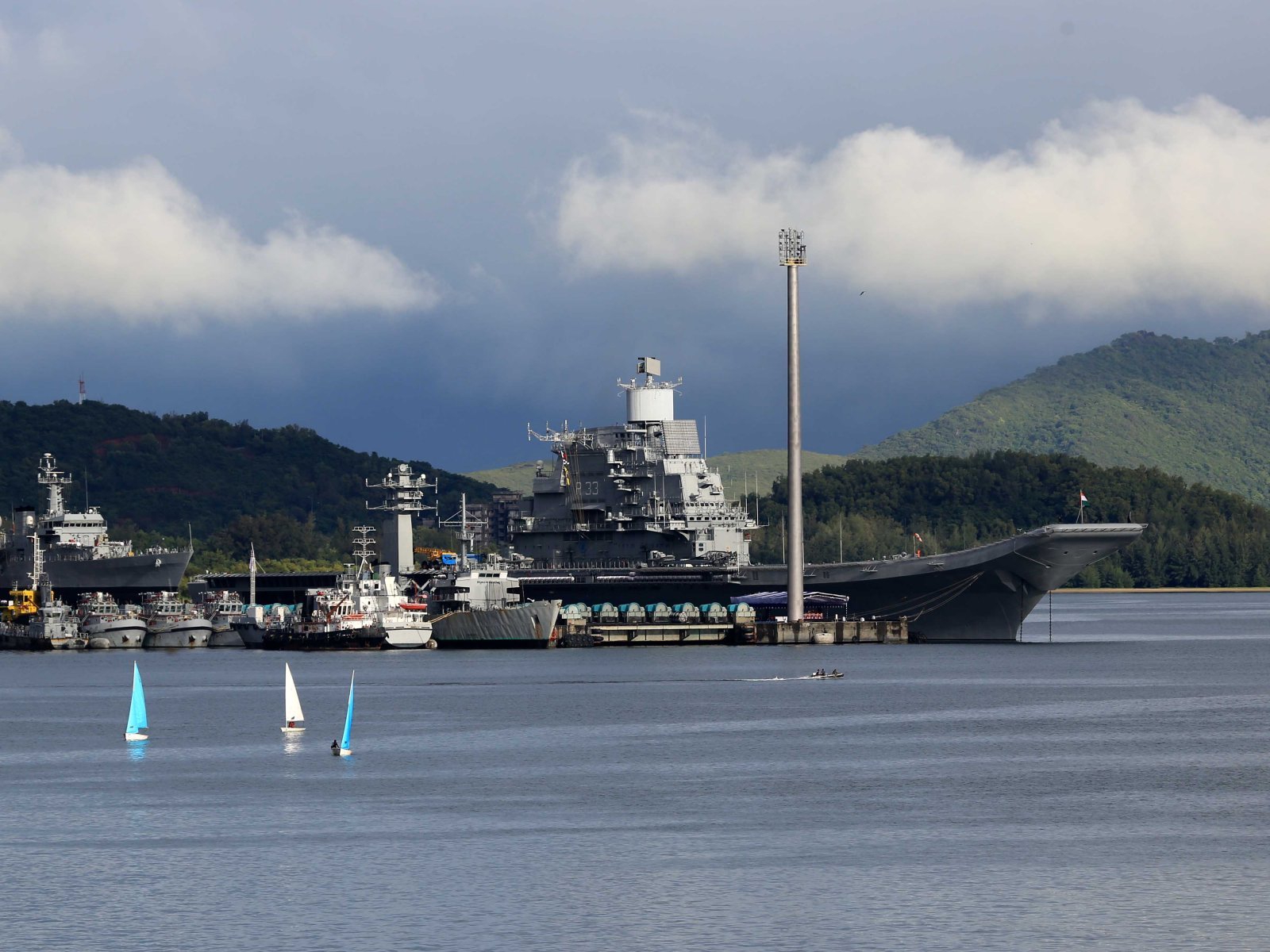 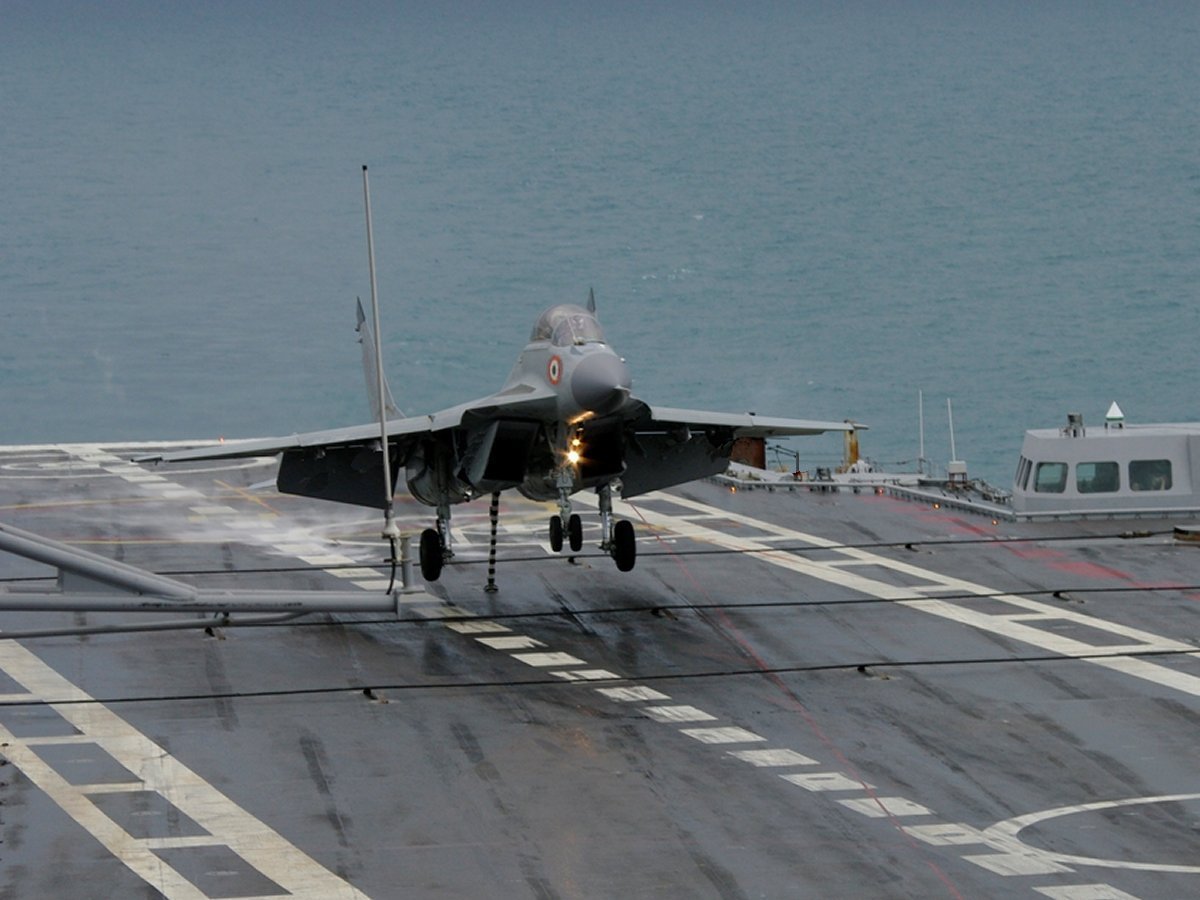 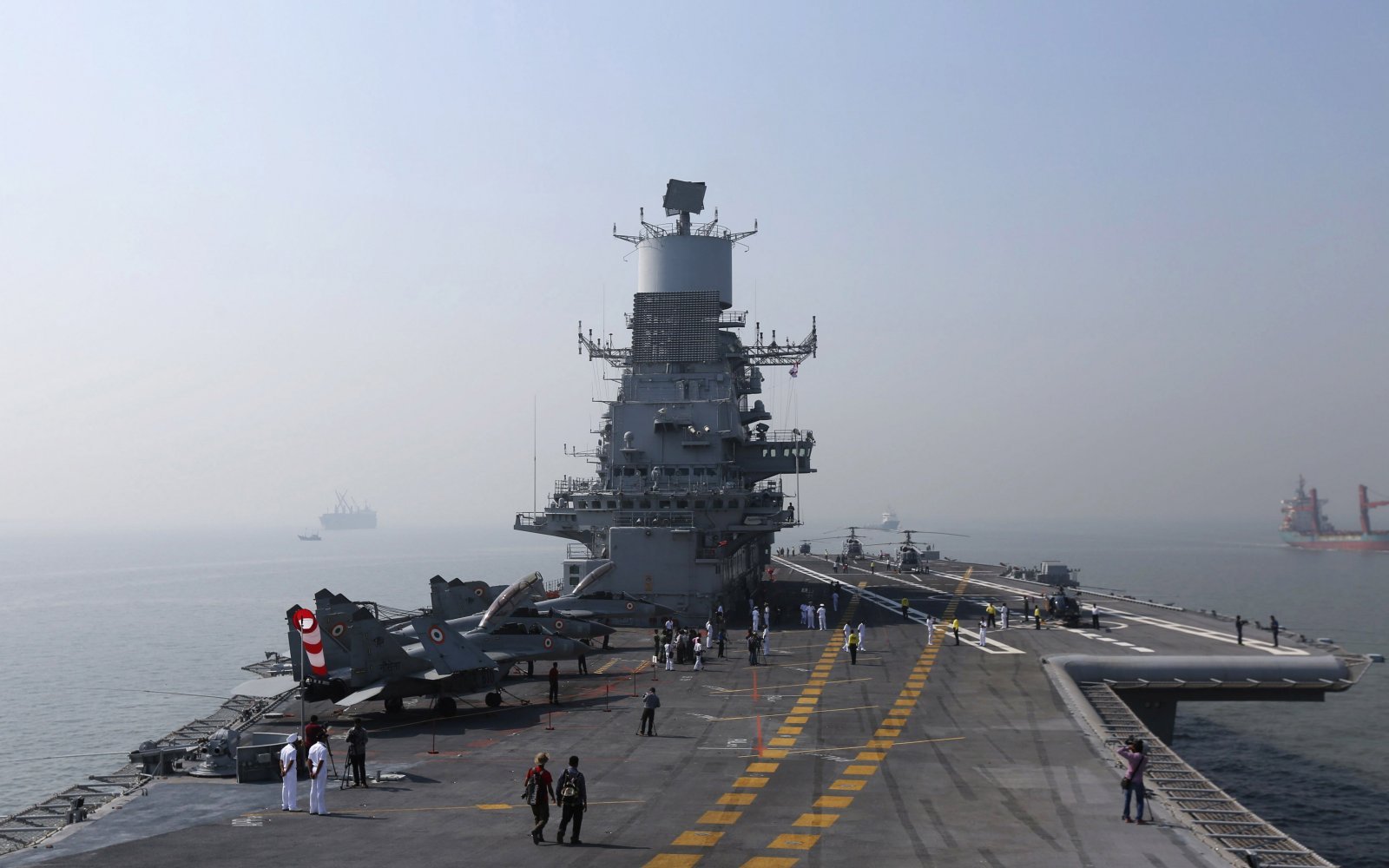 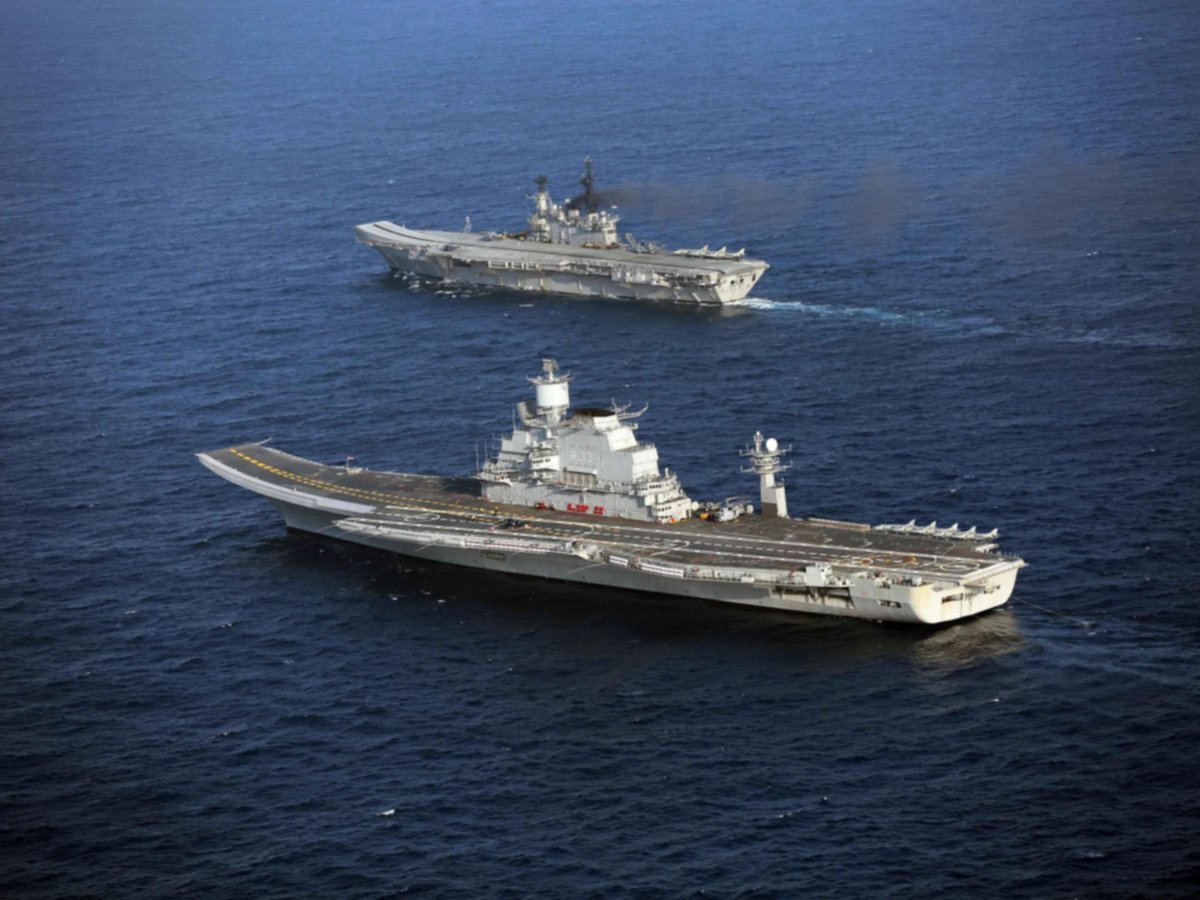 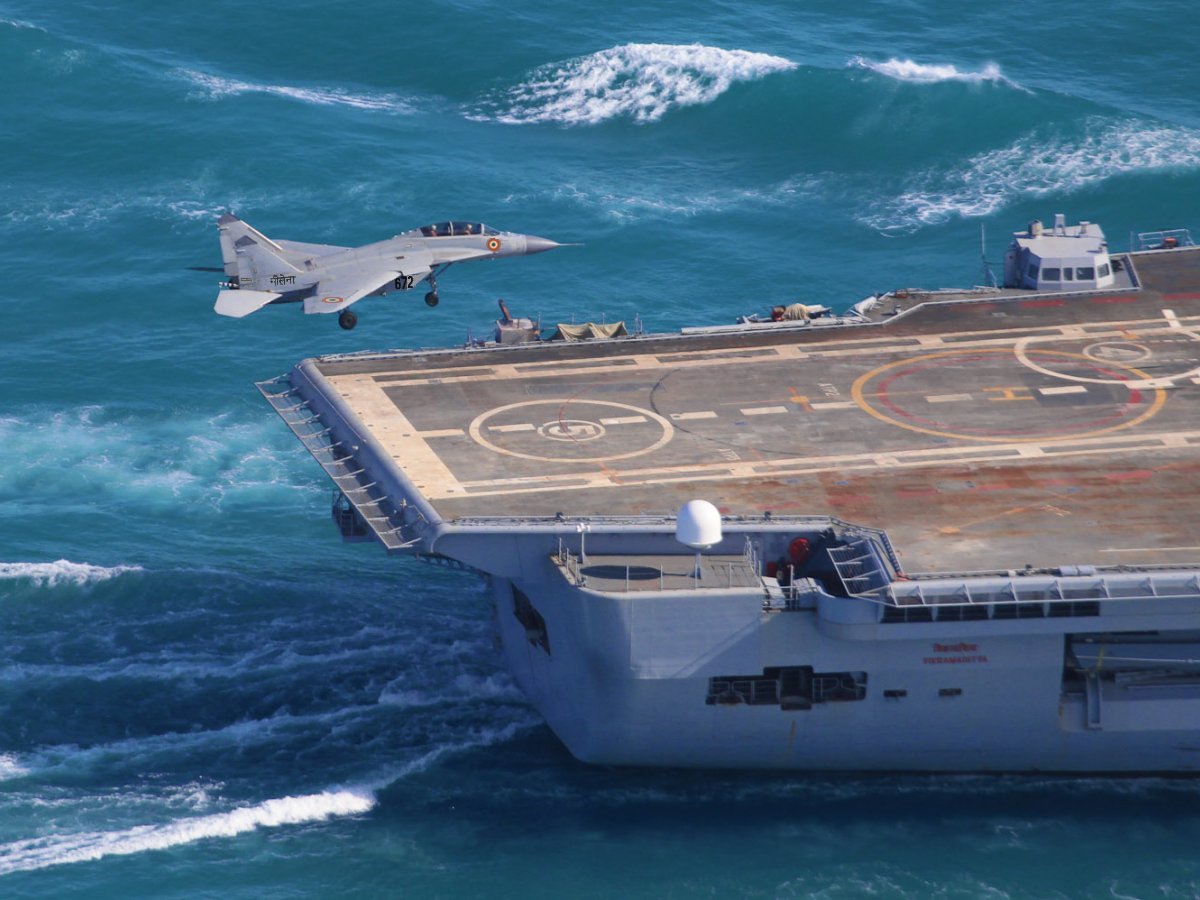 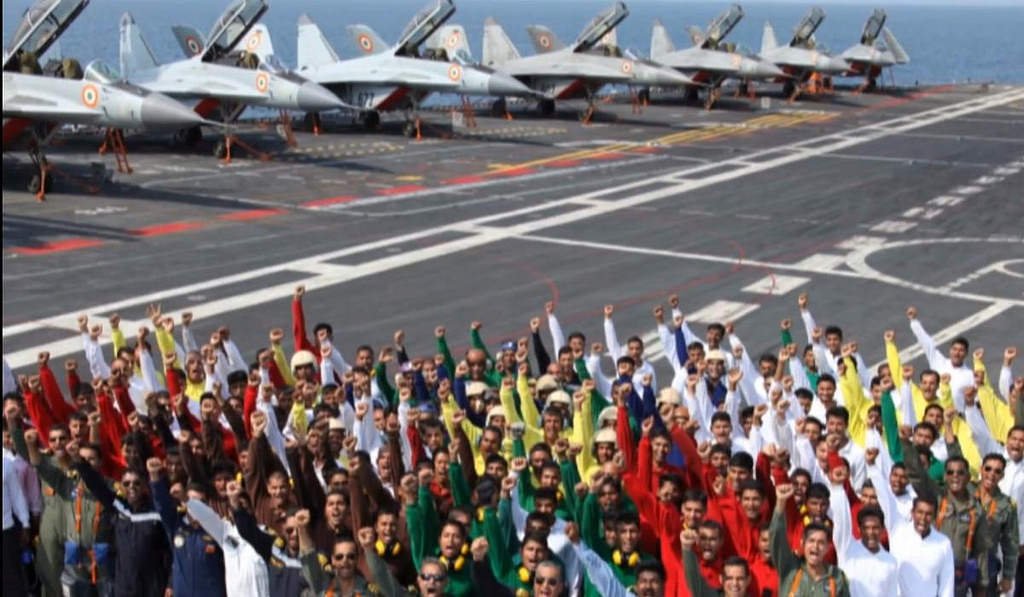 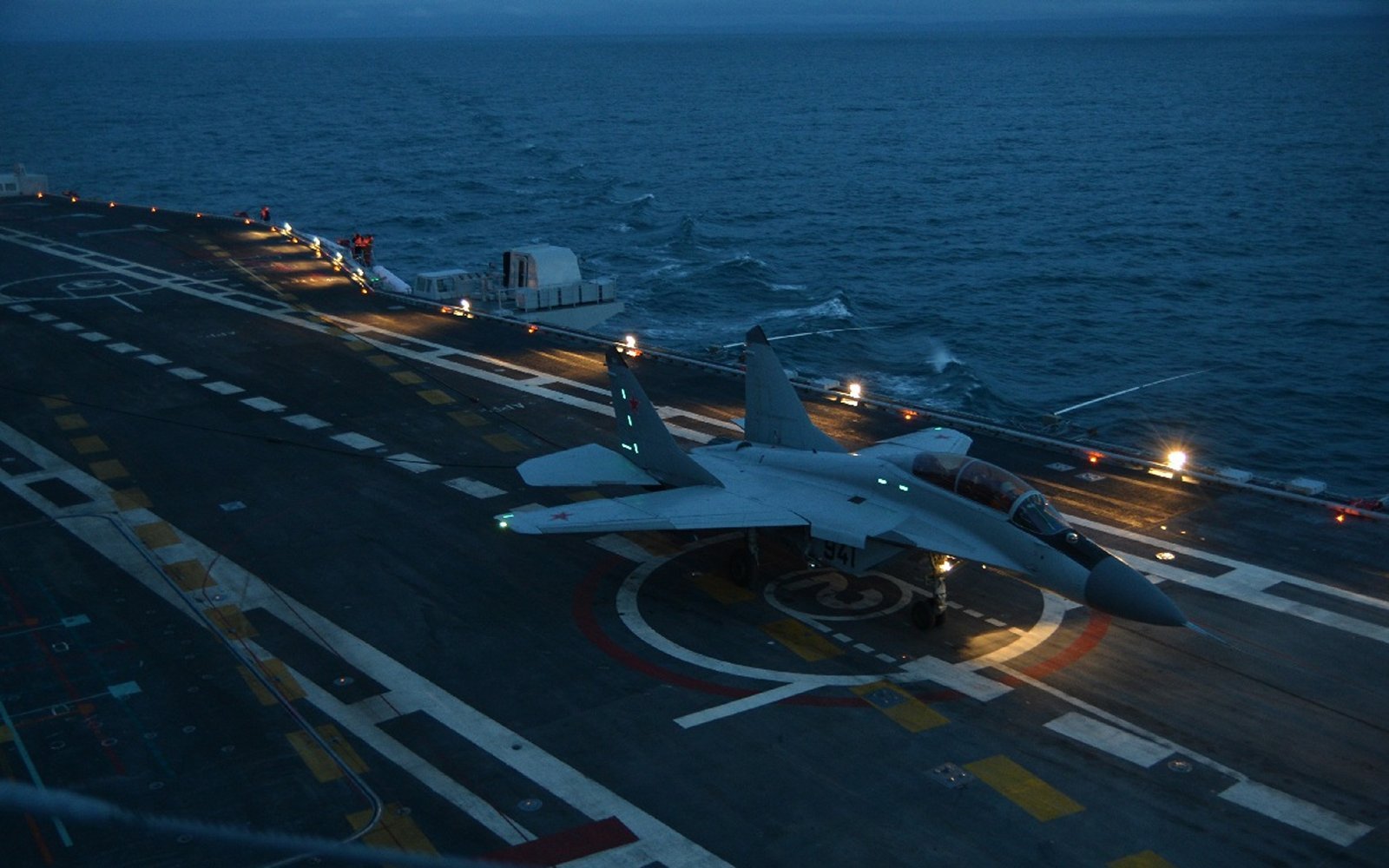 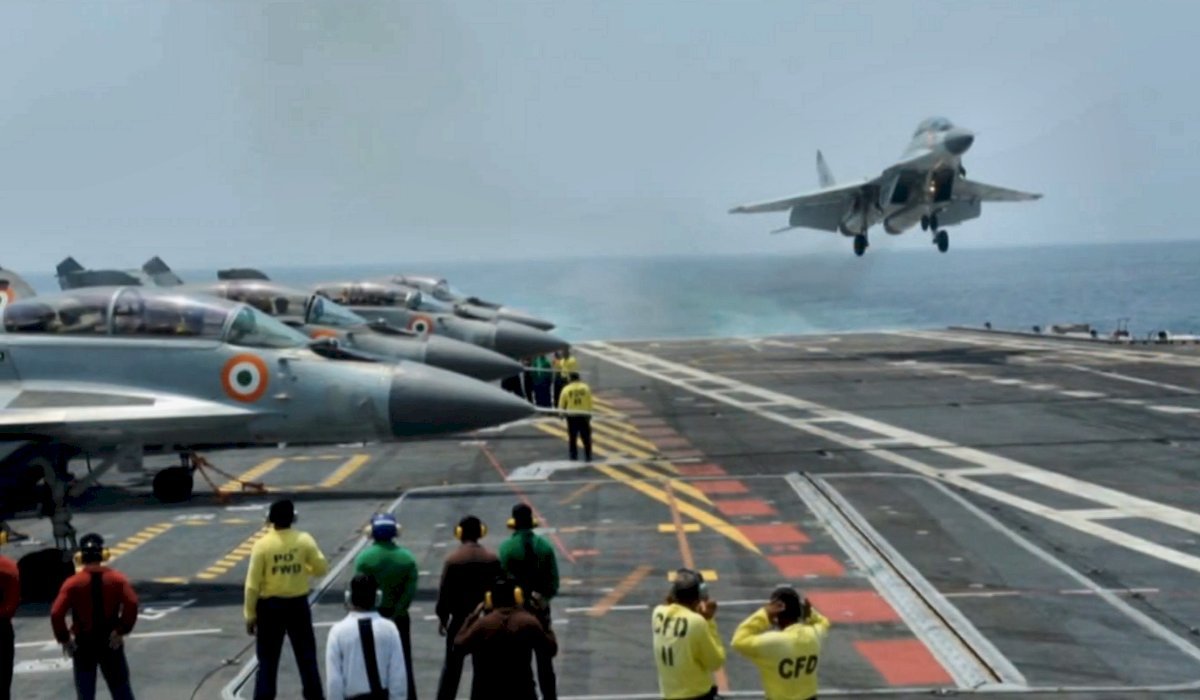 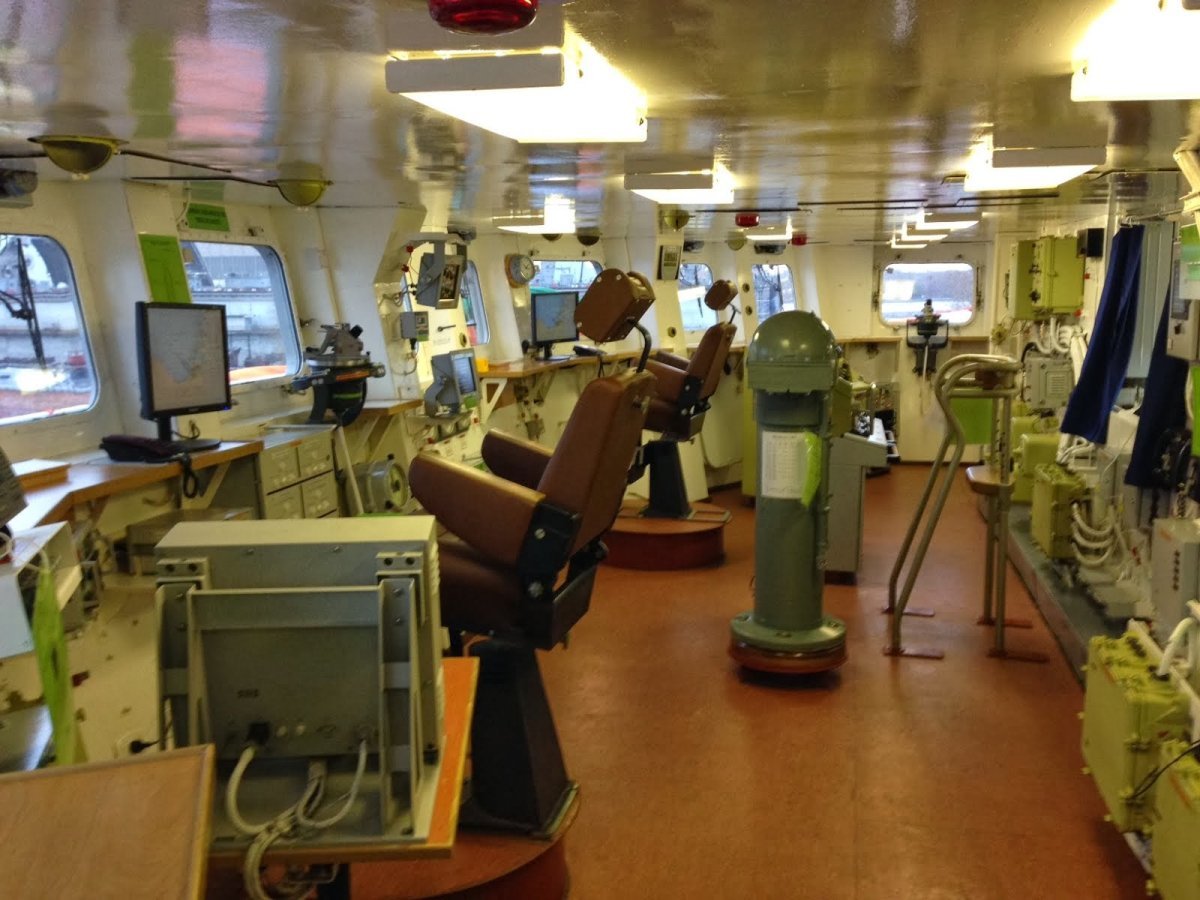 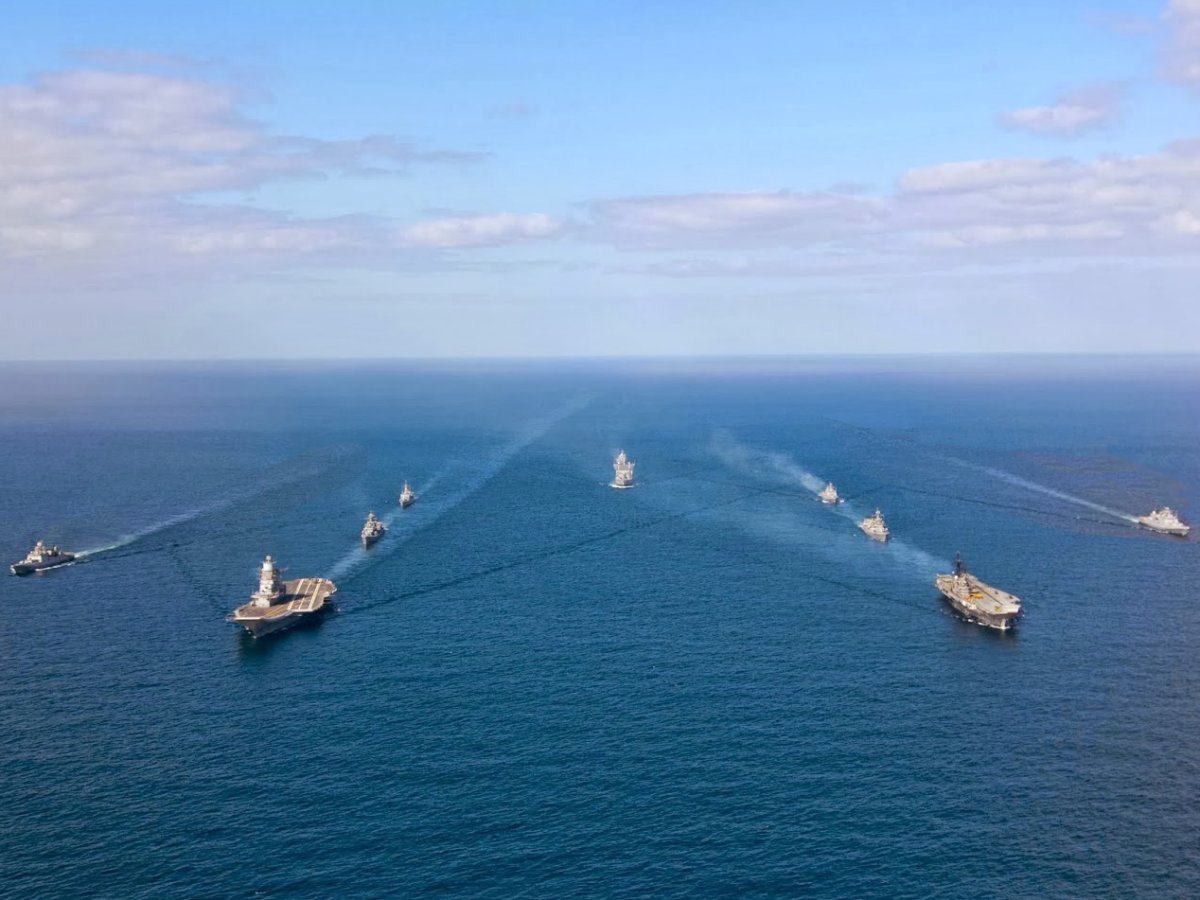 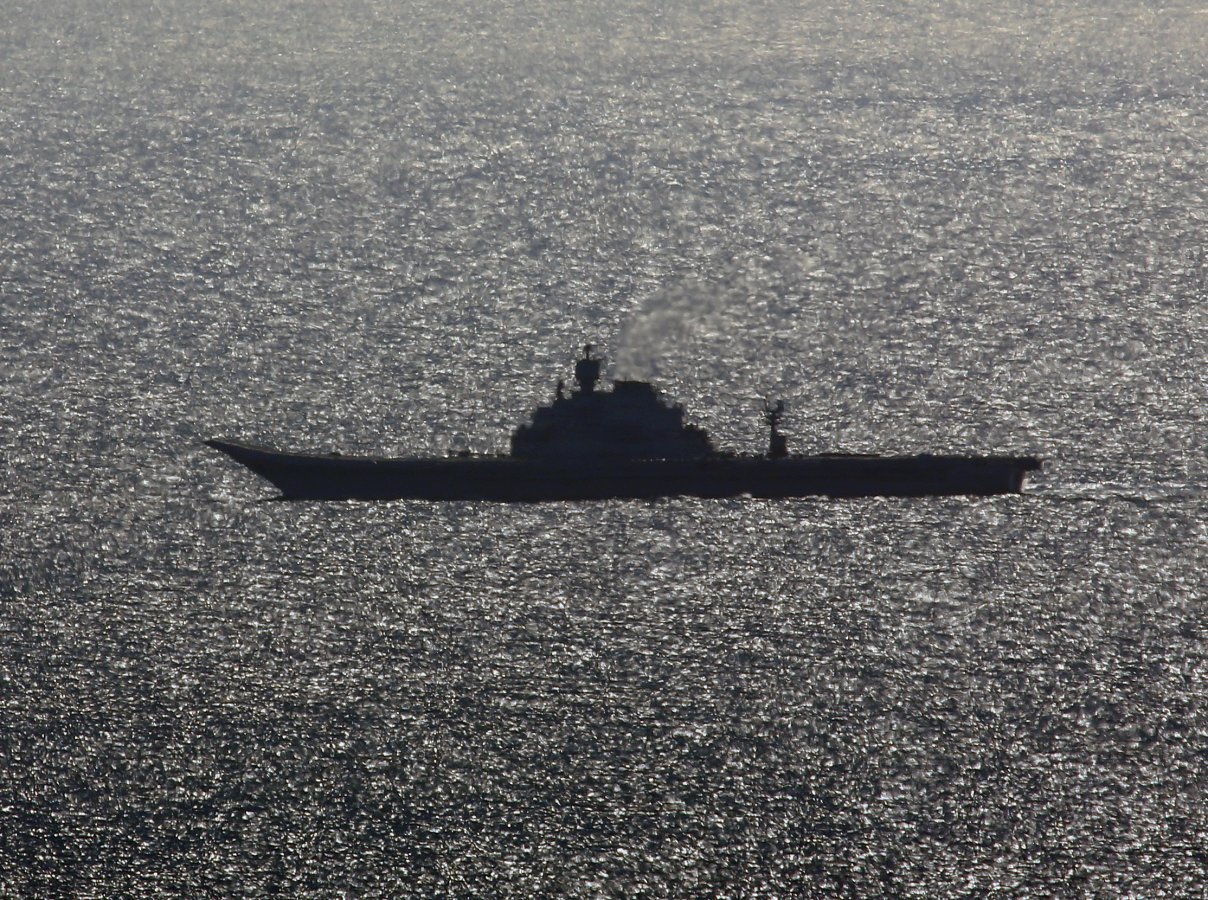 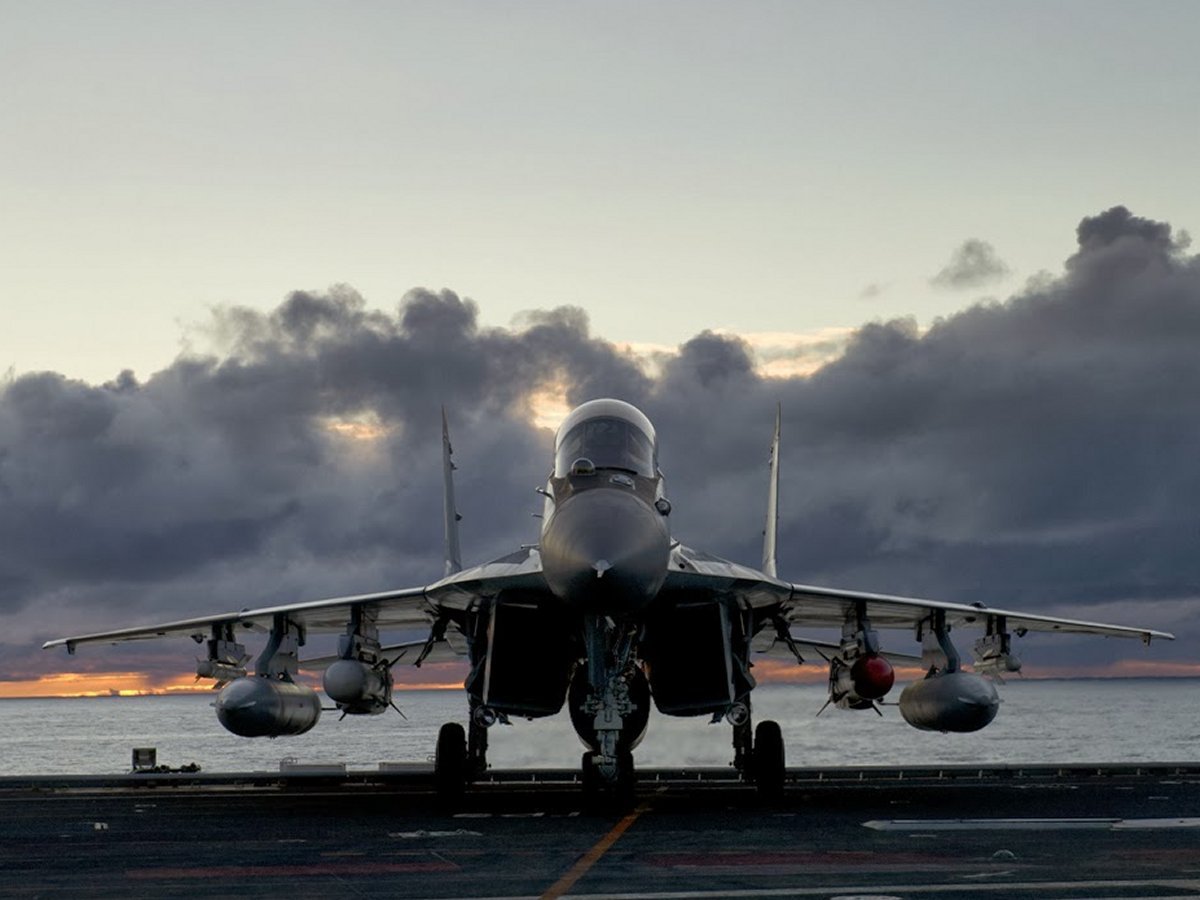 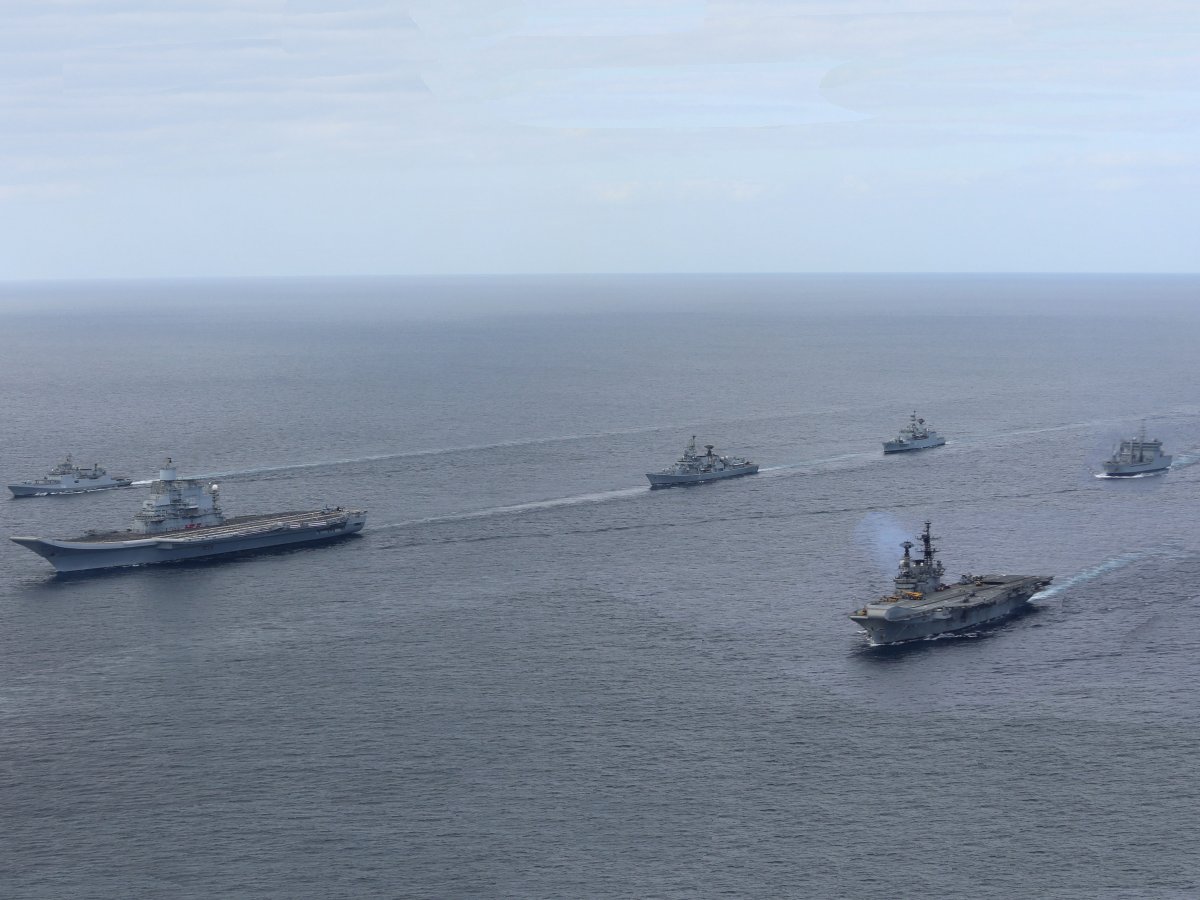 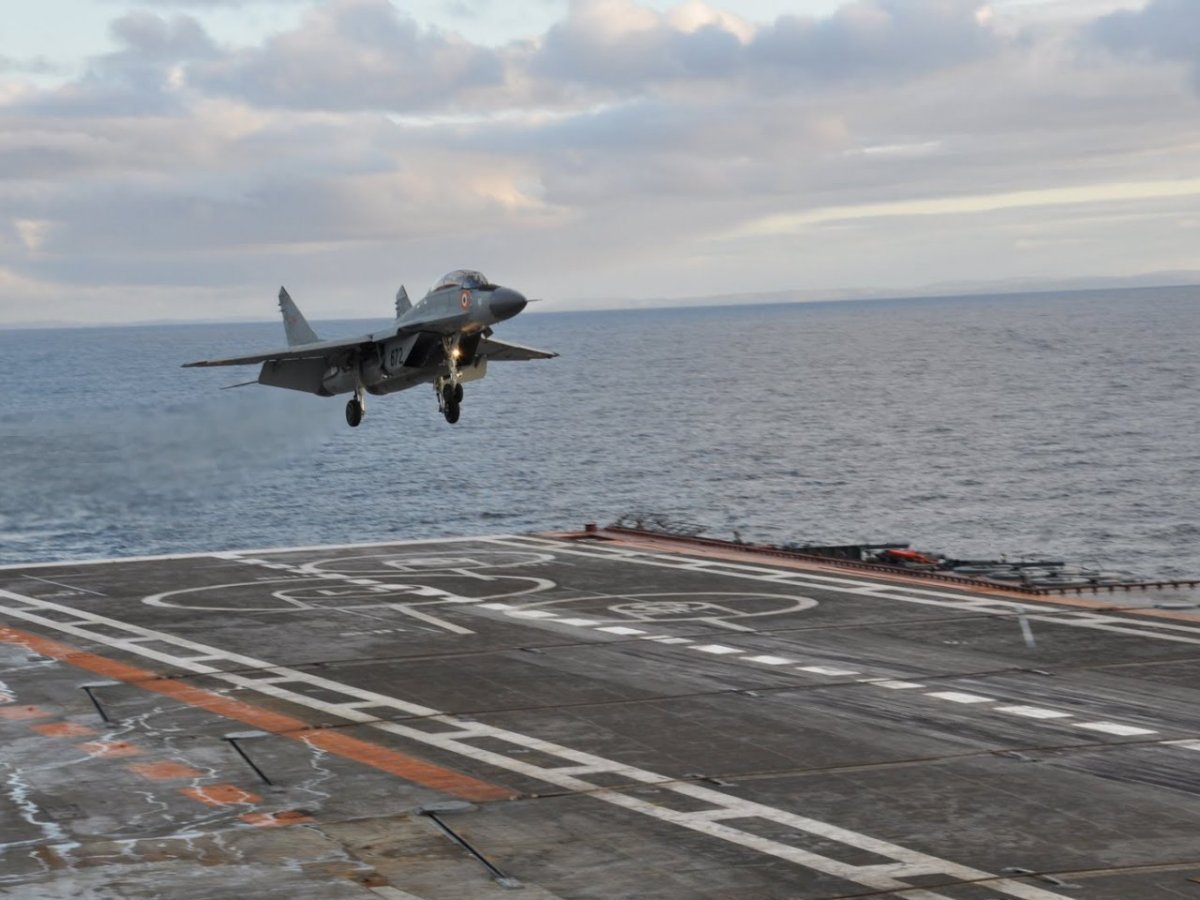 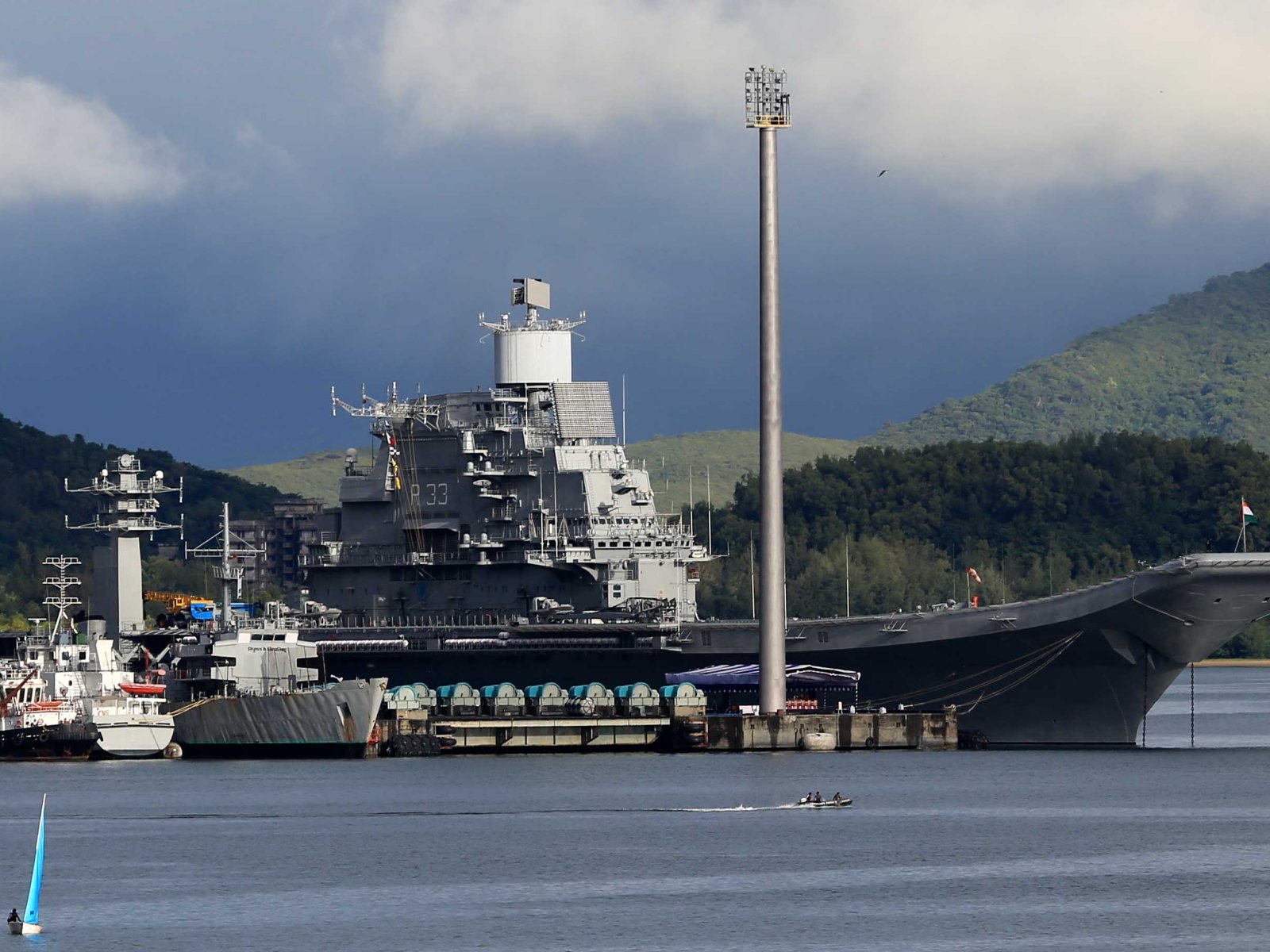 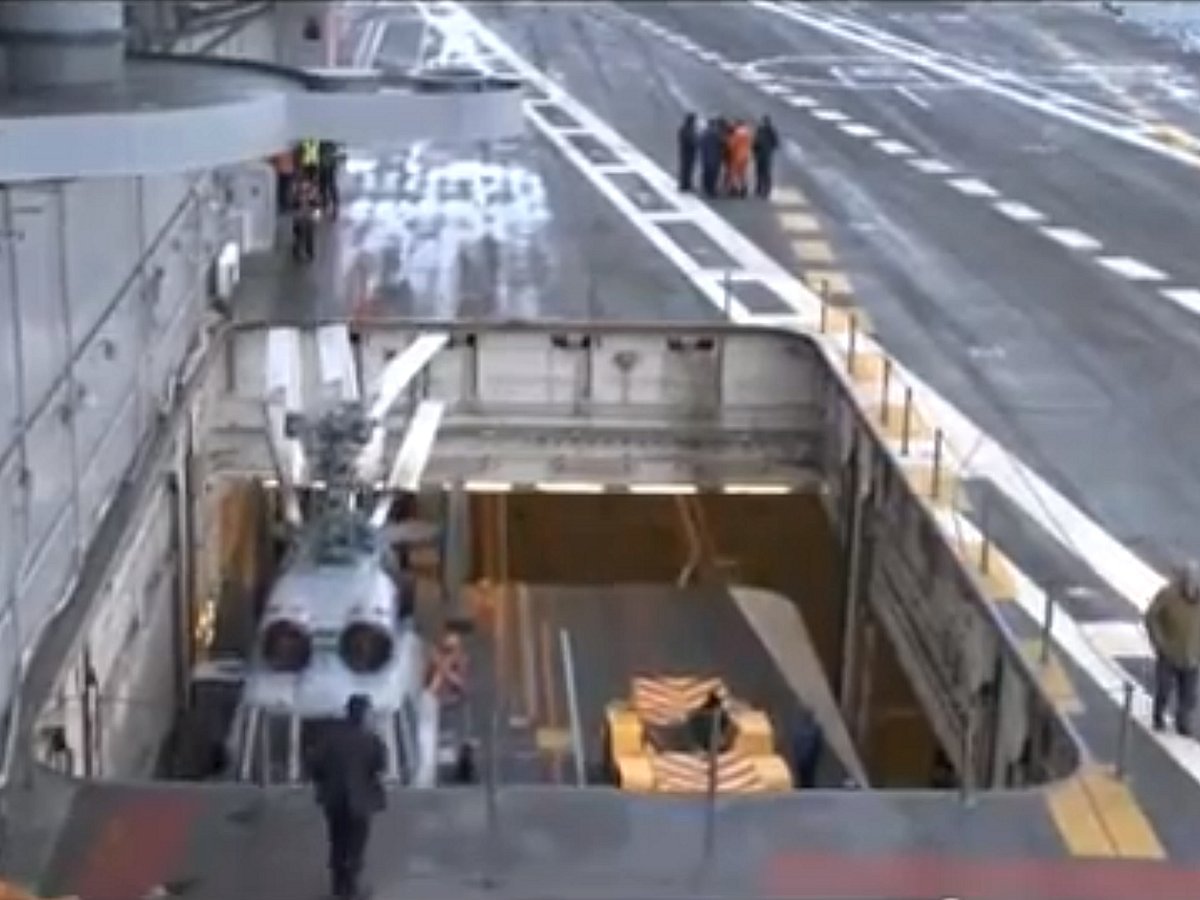 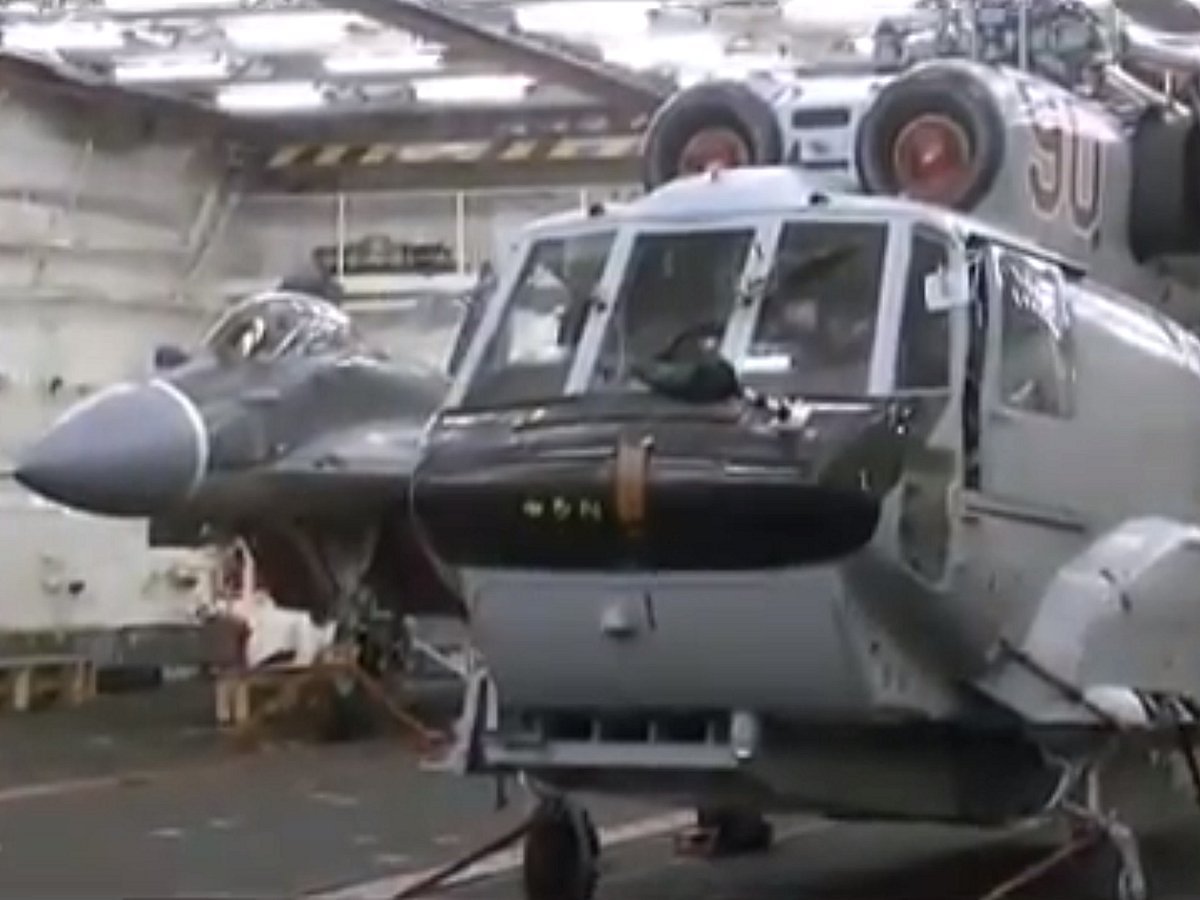 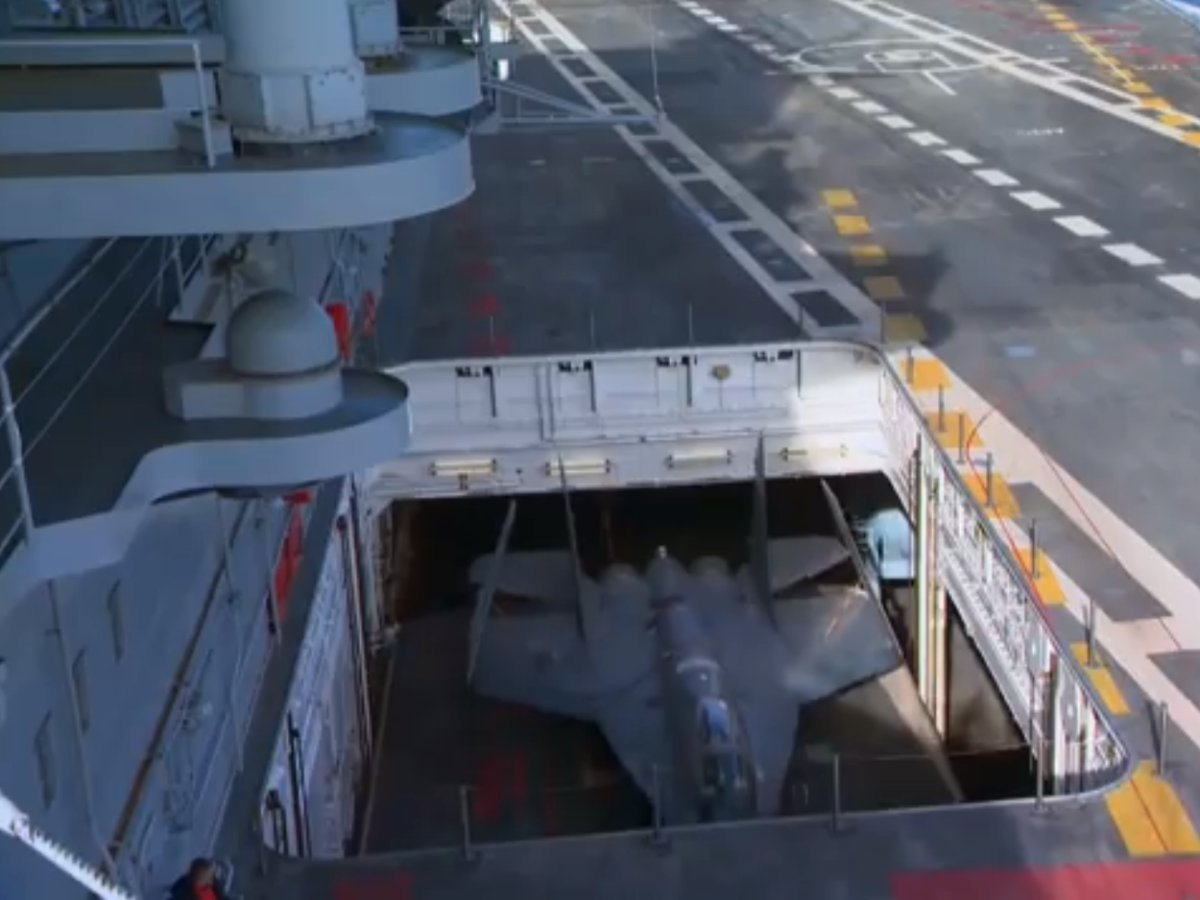 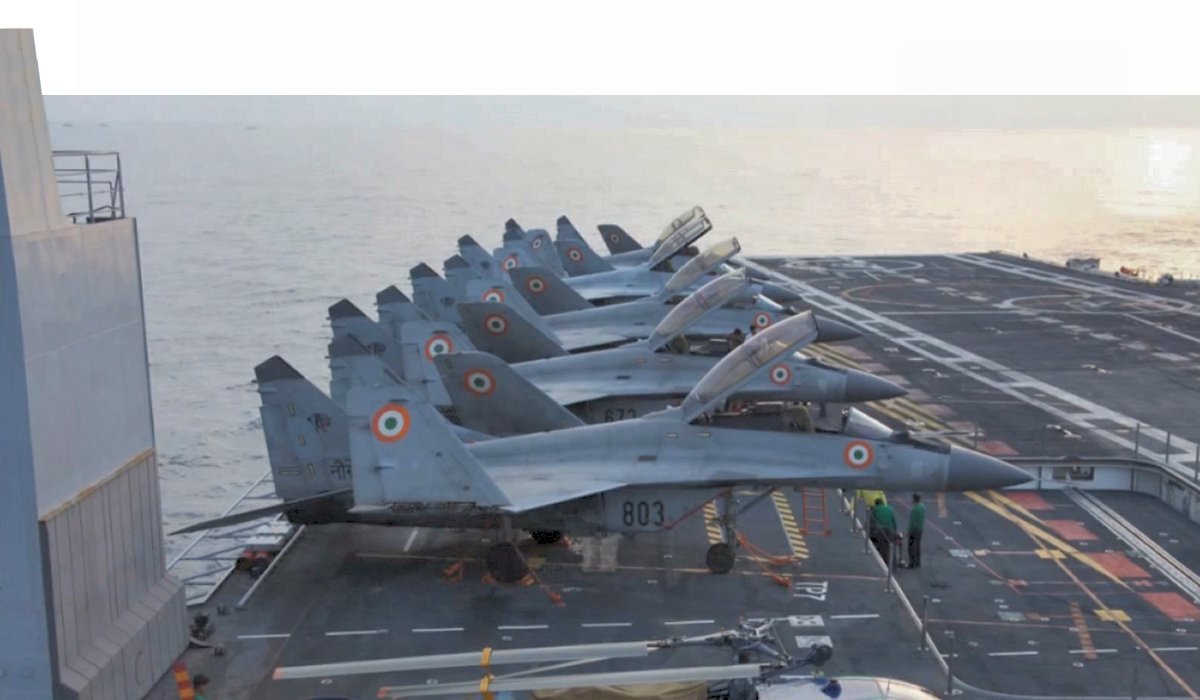 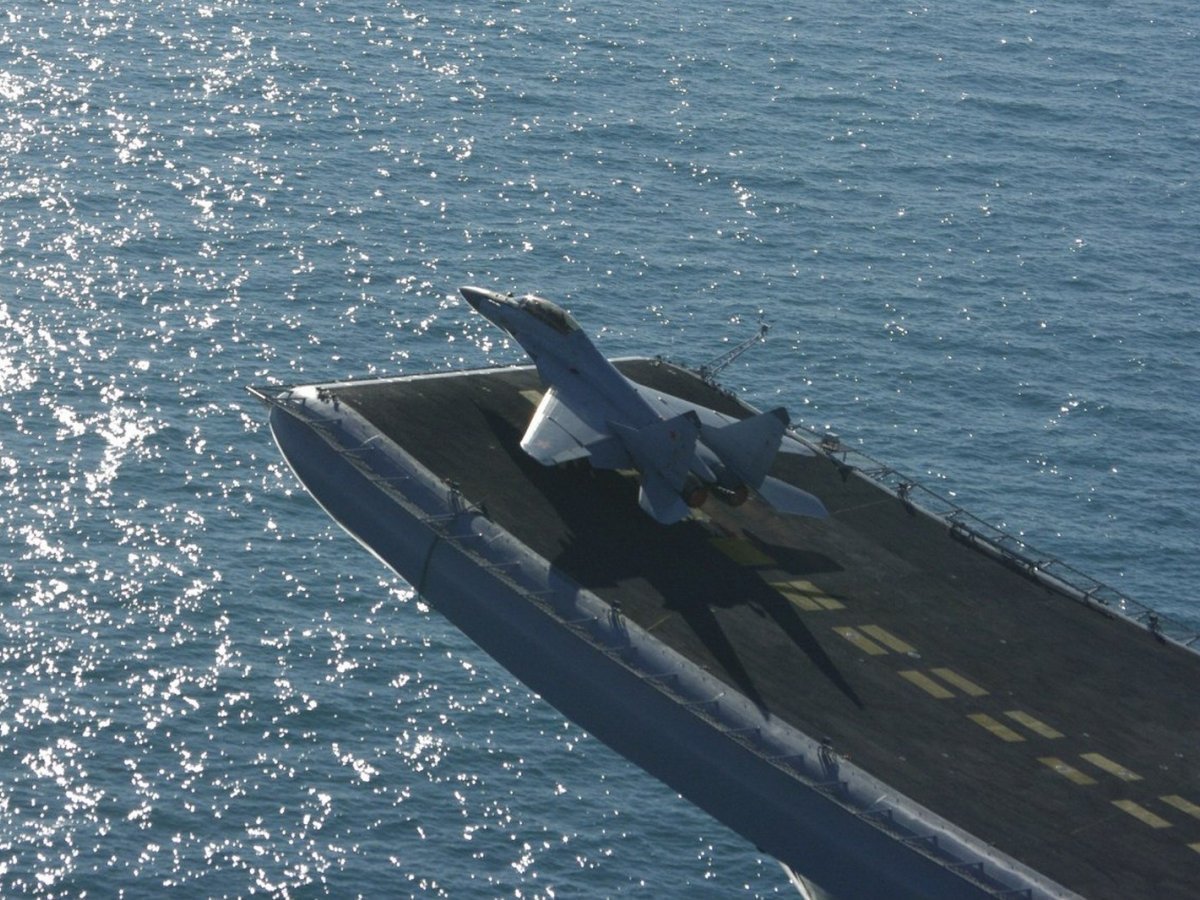 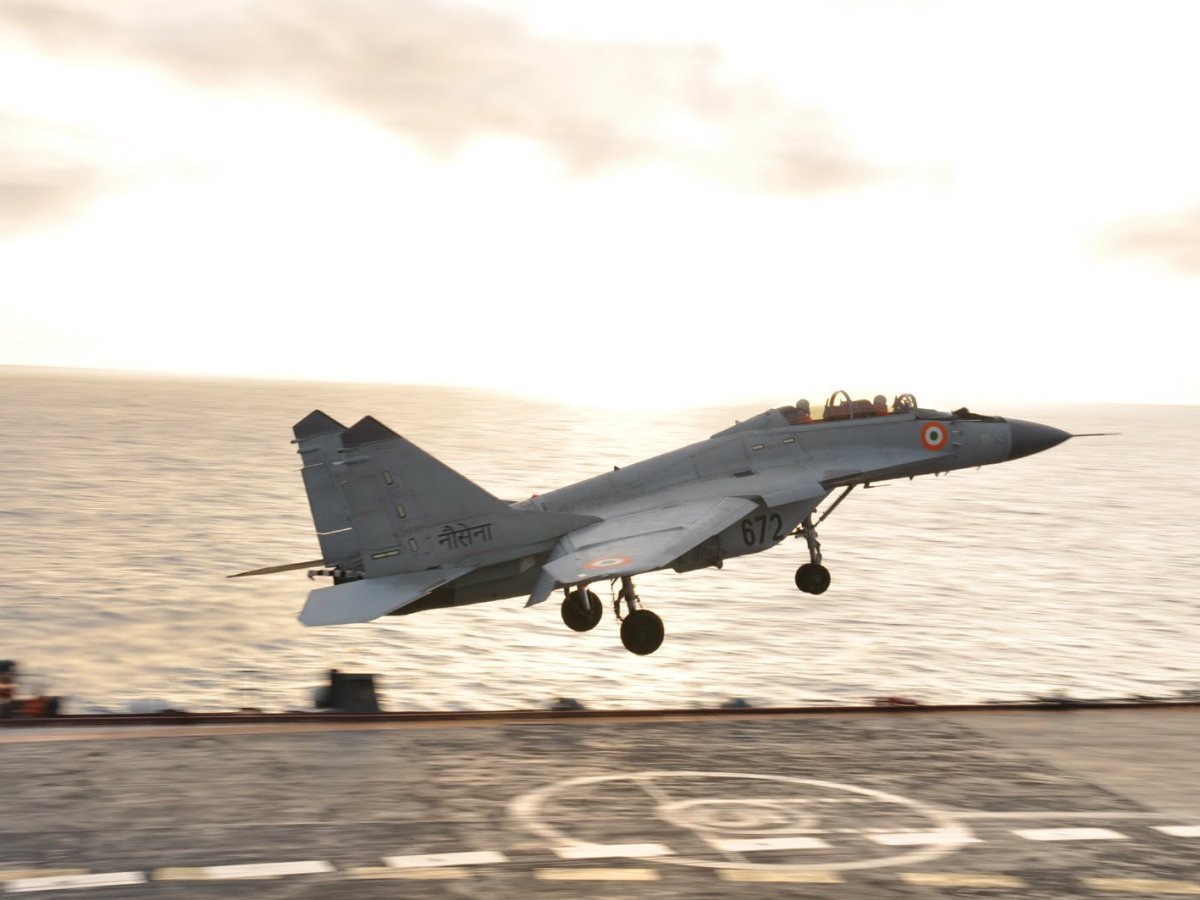 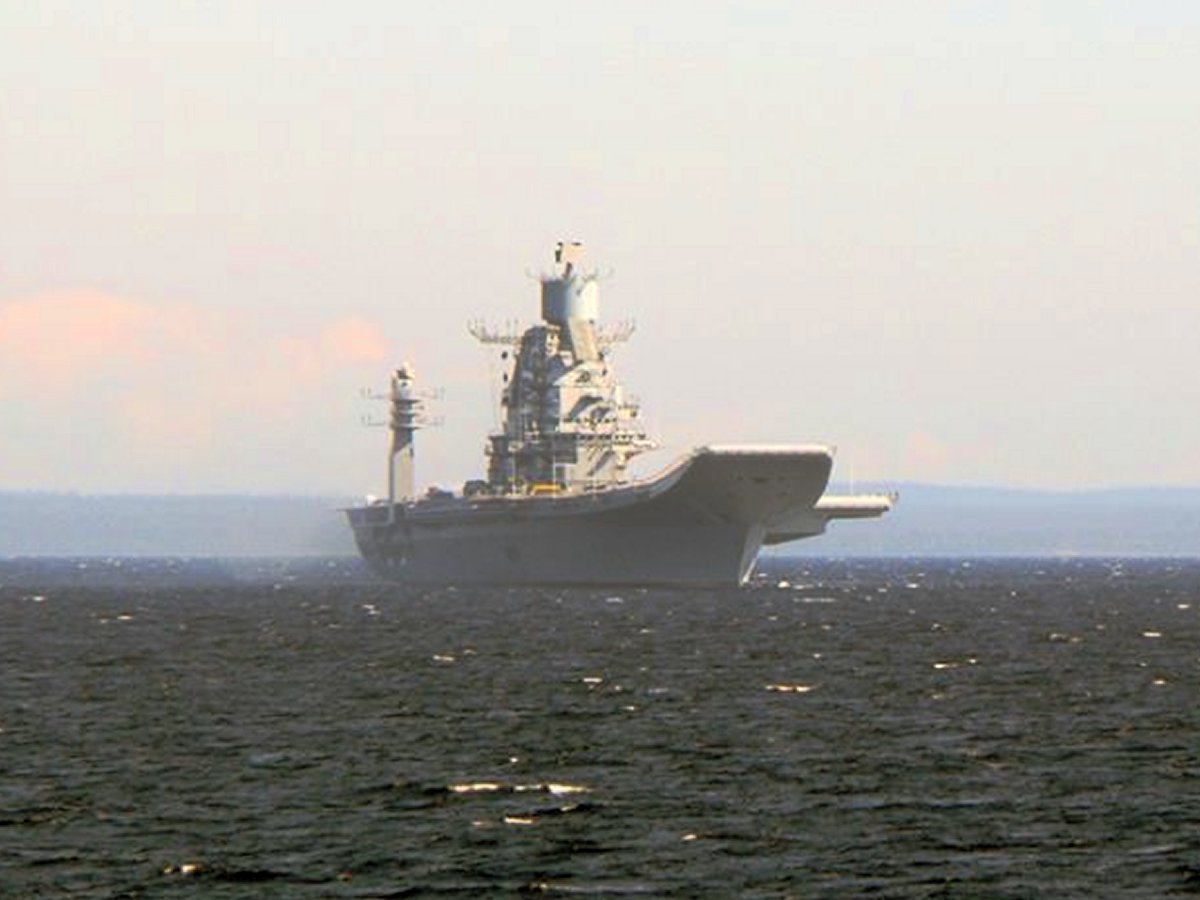 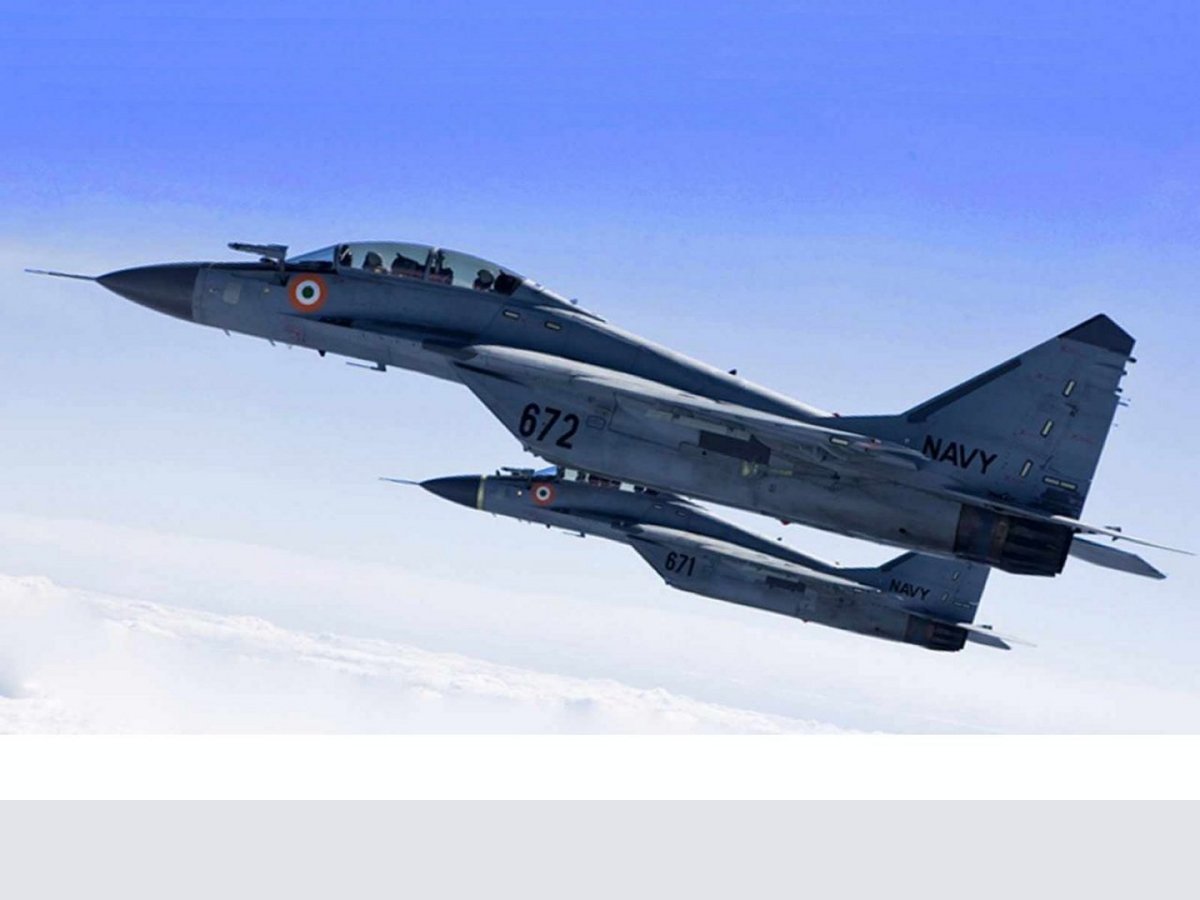 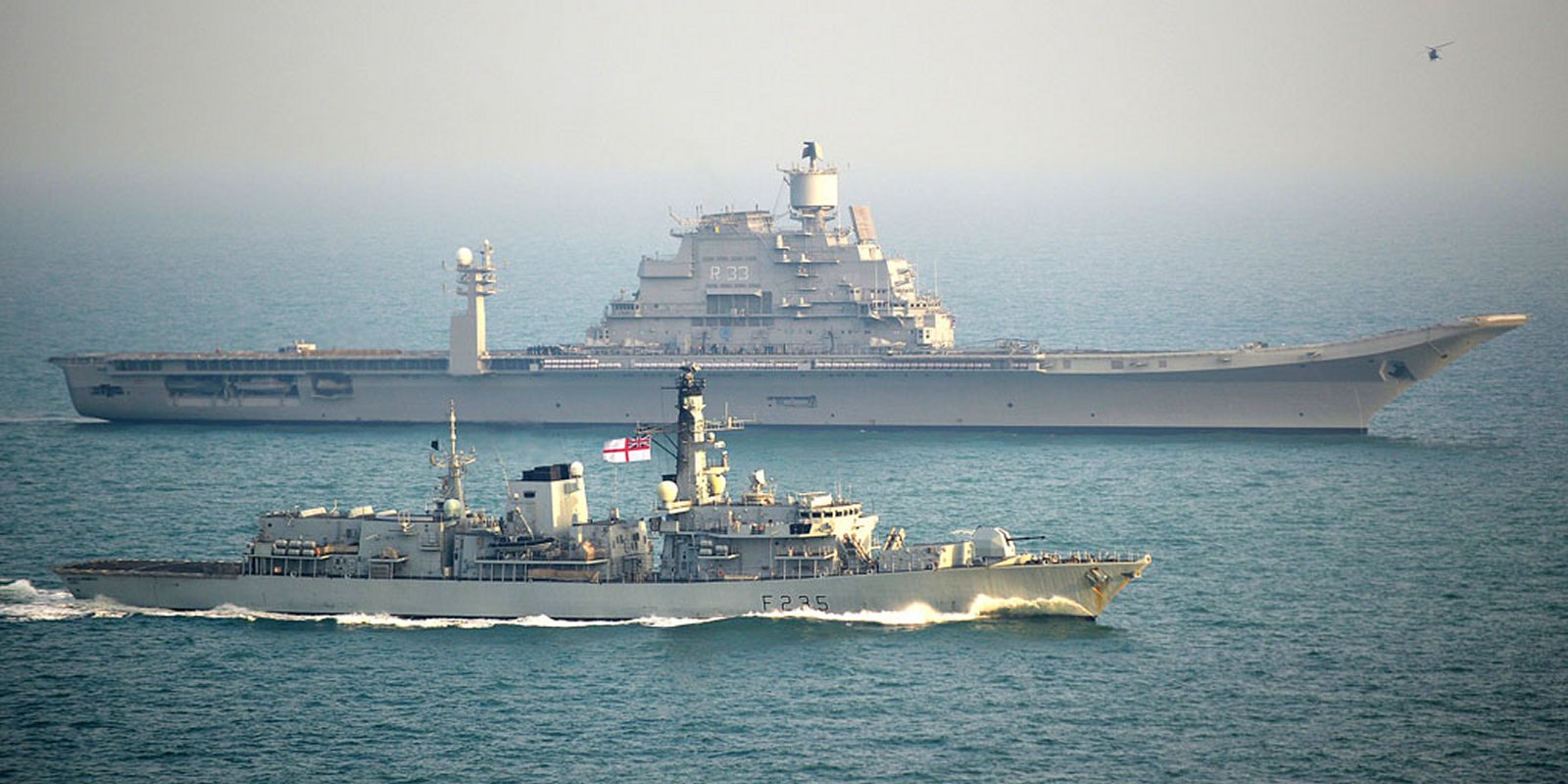 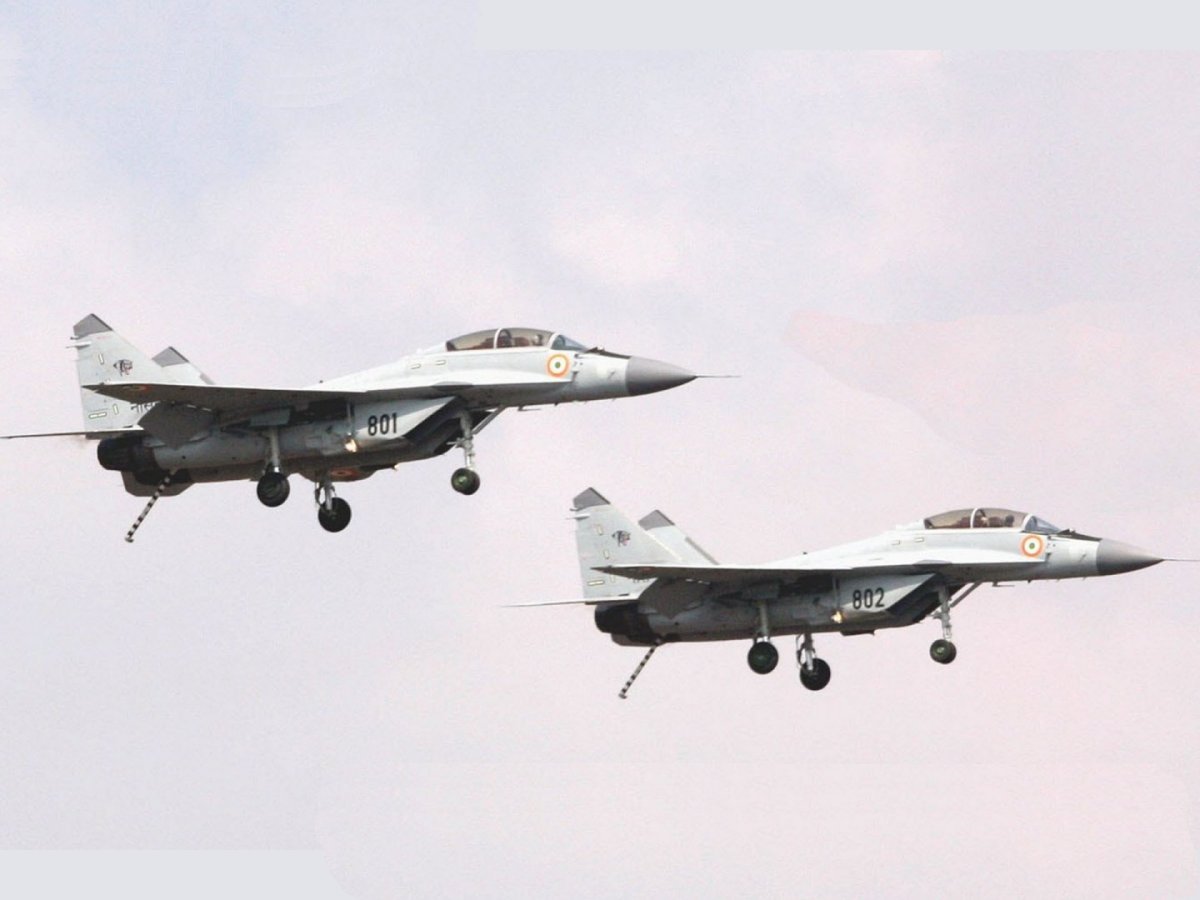 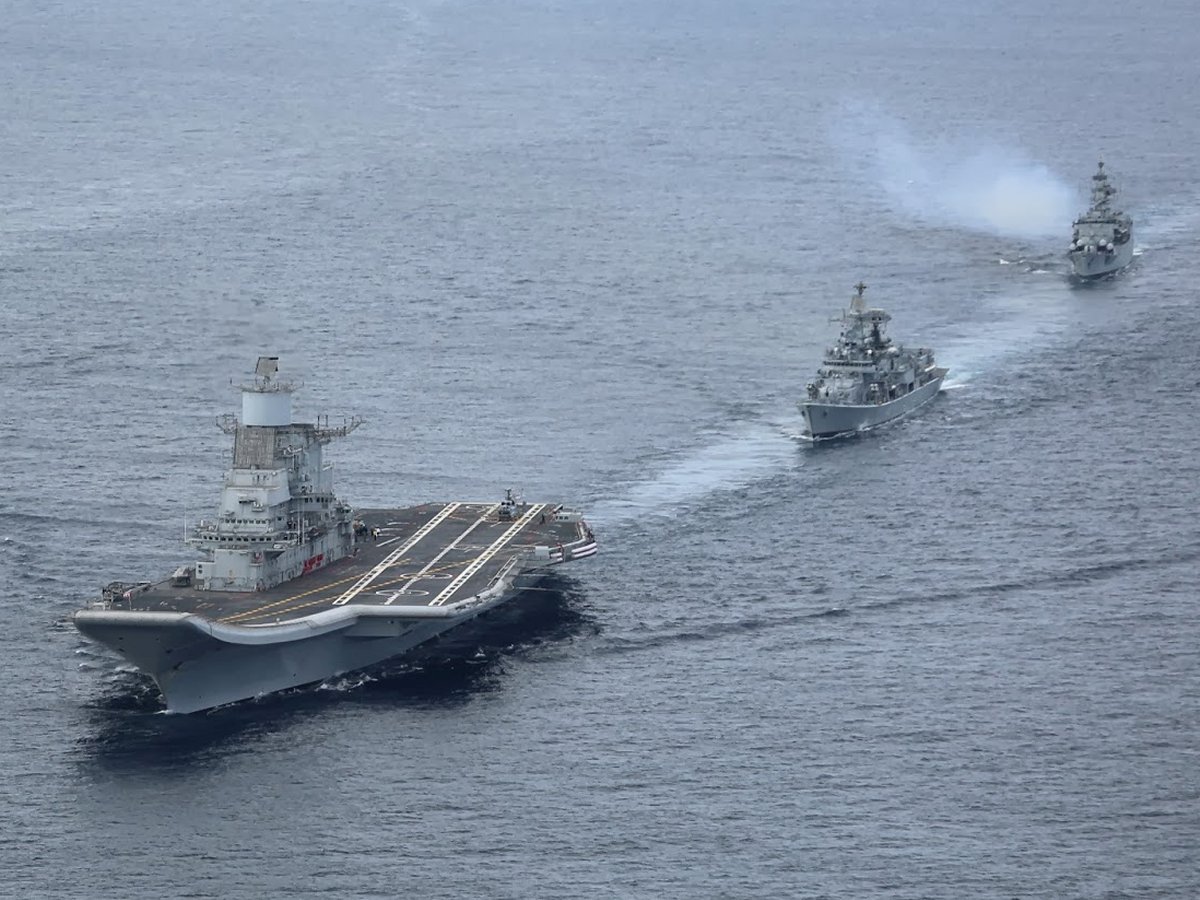 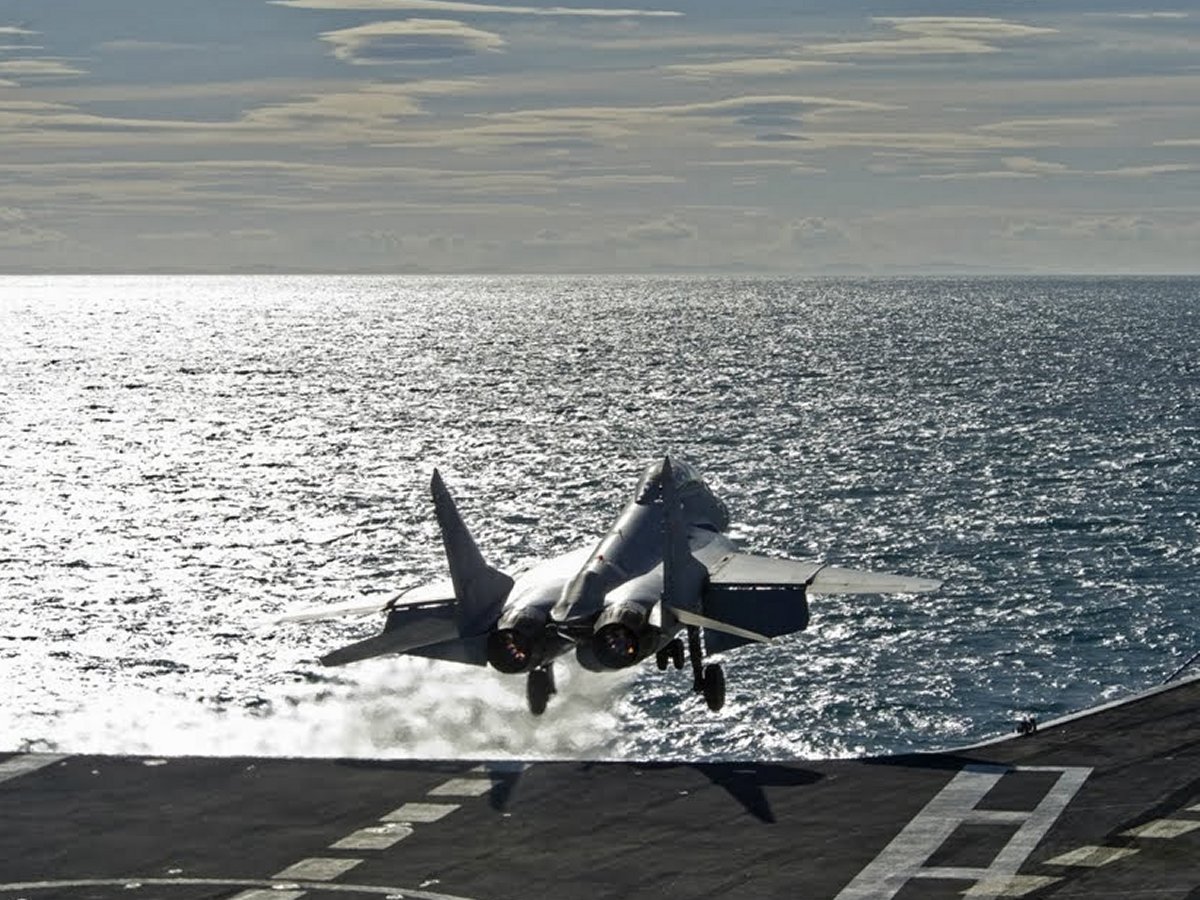 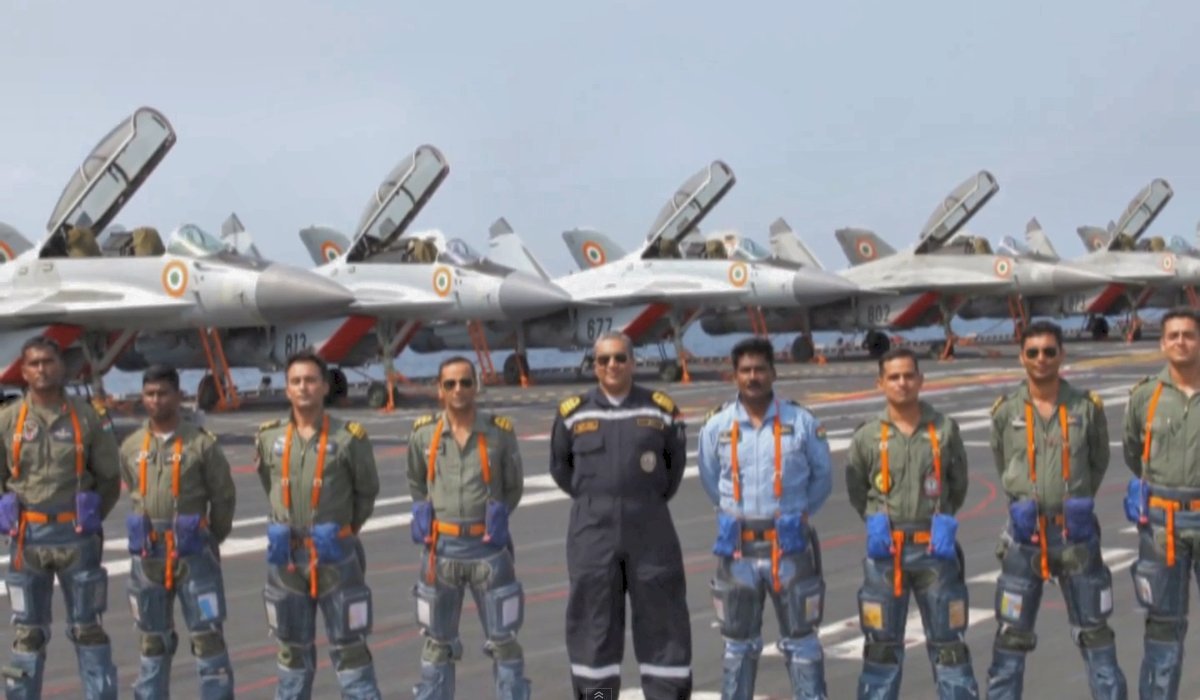 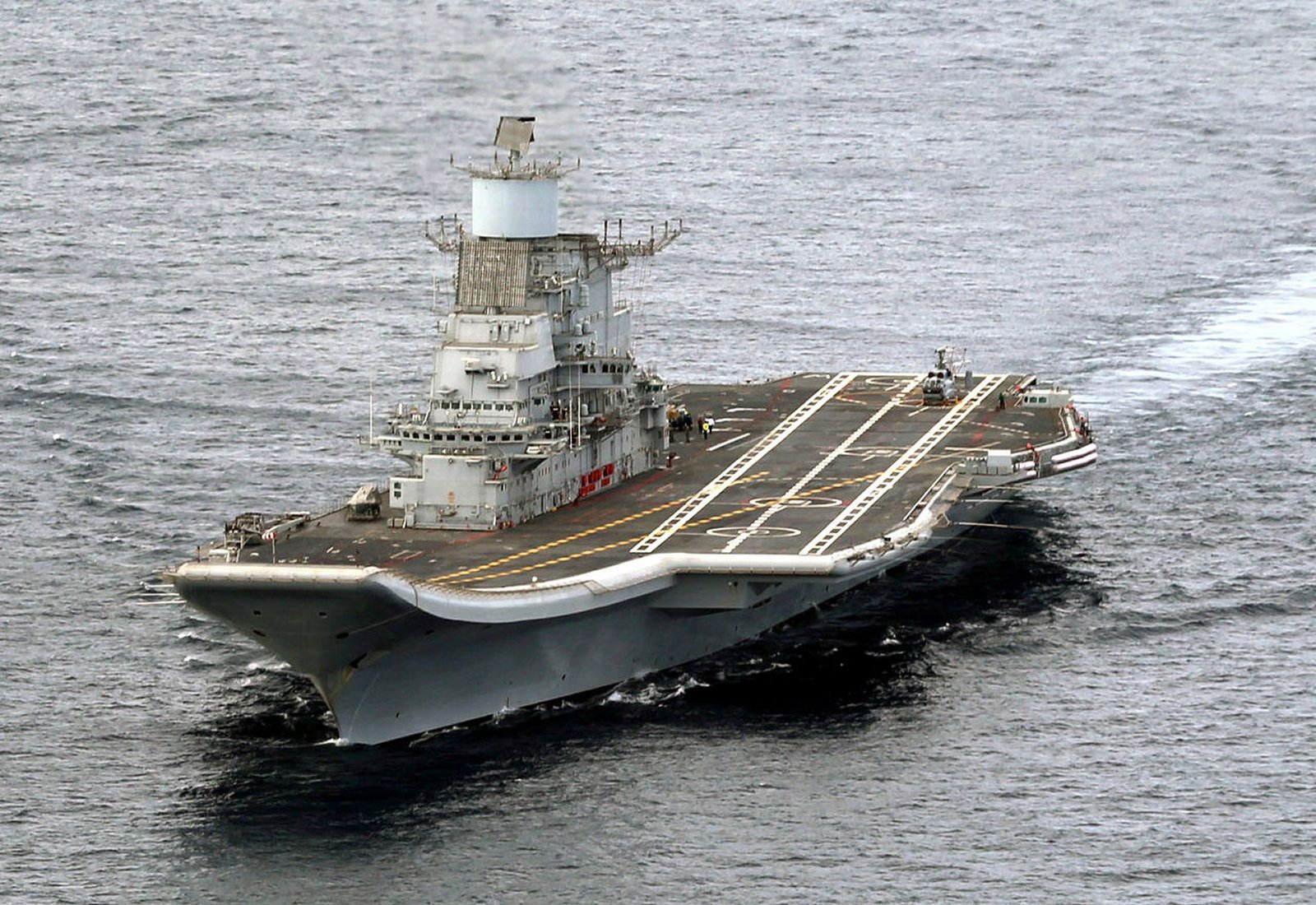 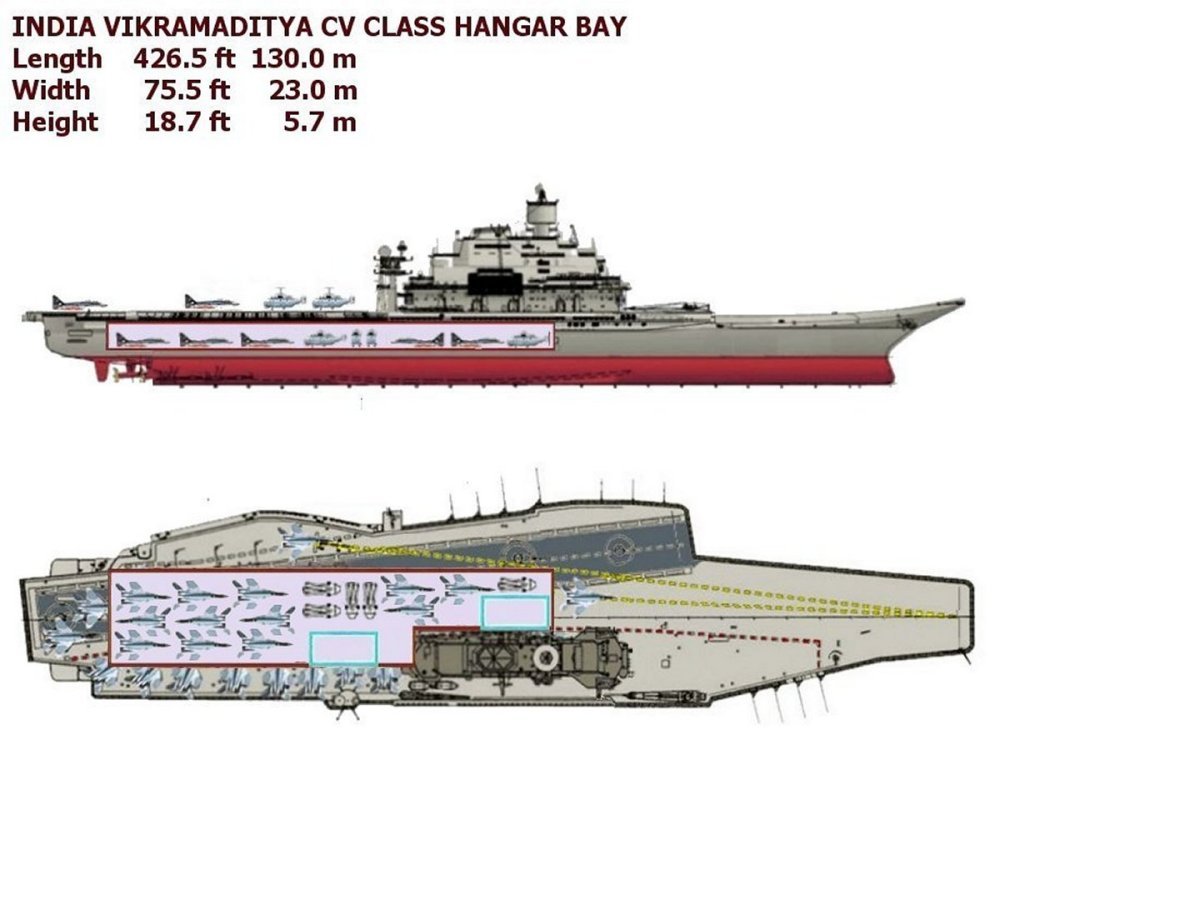 |
 |
View Guestbook | LINKS OF INTEREST | Sign Guestbook |
 |
Copyright © 2005-2015 by Jeff Head |
JEFFHEAD.COM Hit Counter
World-wide Aircraft Carrier Hit Counter
